By Louise Irvine
The “Cheers” exhibition in our new Hollywood location showcases a variety of drinking vessels and accessories produced by the British pottery industry. In addition to tea drinking, which was promoted by the temperance movement as “the cup that cheers but does not inebriate”, we are exploring ceramic wares made for the tavern trade including beer bottles and gin flasks. Pour yourself a stiff gin and tonic and read more about “mother’s ruin”.
Gin derives its flavour from juniper berries and was distilled originally as a medicinal liquor by monks and alchemists across Europe. Juniper tonics were once a popular cure-all but the Gin Craze in 18th century England caused great social ills and widespread “mother’s ruin” when intoxicated women neglected their children. An abundance of cheap grain and unlicensed distilling meant that more than half of the 15,000 drinking establishments in London were gin shops. Attempts at legislation and taxation failed and sent the gin trade underground.
Apparently, one resourceful gin seller set up an ingenious precursor to the vending machine with a wooden cat sign and a lead pipe at his window. Thirsty customers put a penny in the cat’s mouth and received a shot of gin anonymously from the pipe under the cat’s paw. Illegal gin vendors became known as Puss and Mew shops and Old Tom became a popular name for cheap sweet gin.
William Hogarth’s satirical engravings of Beer Street and Gin Lane contrasts the happy, well-nourished beer drinkers with the desperate gin addicts in 1751. Brewed beer had a healthy reputation as it was often safer to drink than unclean water. In 1830, the Sale of Beer Act removed all taxes on beer and by the end of the decade there were over 56,000 public houses selling beer, wine and spirits in England and Wales.
Spirits were often dispensed directly from barrels and many drinkers carried their own personal flasks made by potteries such as Doulton’s of Lambeth. Figurative flasks depicting leading politicians of the day were inspired by the parliamentary reform bills of the 1830s. The liberal Lord Brougham became the Lord High Chancellor of England and was renowned for the 1832 Reform Act and the 1833 Slavery Abolition Act. In the Doulton & Watts salt-glazed stoneware flask, he holds a punning banner which reads “The True Spirit of Reform.”
A humorous note is struck in the Doulton & Watts flask portraying Mrs. Caudle’s Curtain Lectures which were published in Punch magazine in 1845. Douglas Jerrold created the nagging Victorian wife who scolds her long-suffering husband nightly at bedtime. His various misdemeanours include his tavern visits and a suspicious friendship with Miss Prettyman who is depicted on the reverse of the flask.
The most opulent Victorian pubs became known as “gin palaces” and enticed thirsty customers with hand-painted tile murals and polished mahogany bars. Ornate mirrors reflected all types of ceramic drinking accessories glimmering under gaslight. Doulton made a variety of decorative stoneware flagons for James Burrough distillers, their neighbours in Lambeth, whose recipe for Beefeater Gin has been made since the 1890s with nine essential botanicals including juniper, liquorice and lemon peel.
Famous London pubs, such as Ye Olde Cock Tavern and Ye Olde Cheshire Cheese, commissioned a variety of Royal Doulton’s bar ware to advertise their establishments. WMODA has a spirit flask in the form of one of their celebrated patrons, Dr. Samuel Johnson. It was the 18th century author of the Dictionary of the English Language who famously said, “When a man is tired of London, he is tired of life.” In the early 1900s, Royal Doulton also caricatured several members of Parliament in the style of the original gin flasks. Joseph Chamberlain, the radical politician and social reformer, is easily identified by his ribboned monocle.
Gin’s reputation as a disreputable drink continued into the Roaring Twenties. Gin joints in America during the Prohibition era served bathtub gin which was distilled in secret to mix martini cocktails. Gin and tonic, the popular English cocktail, has its roots in the tropical British colonies where gin was used to mask the bitter flavour of quinine which was taken to protect against malaria. Gin went out of fashion in the 1950s, when even James Bond began ordering vodka martinis, but it is experiencing a renaissance in London. The 1751 Gin Act outlawed small scale gin distilleries in the capital but it was repealed in 2008 by successful lobbyists who opened Sipsmith, the first craft distillery. There are now 24 gin distillers in London and more than 100 British gin brands. Gin is now the toast of the town!. One of the newest brands is the Sixtowns distillery at the World of Wedgwood in Staffordshire. Appropriately, their ceramic spirit flasks were inspired by the iconic bottle kilns of the Potteries.
Read more about Toby Jugs and Beer at WMODA.
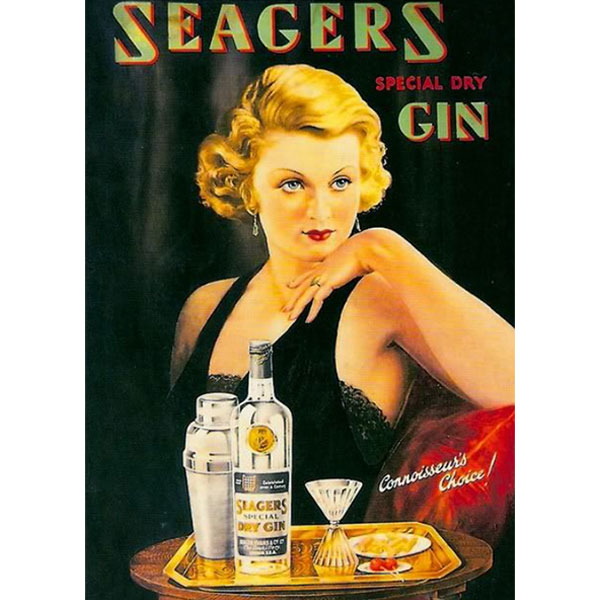
Seagers Gin Advert
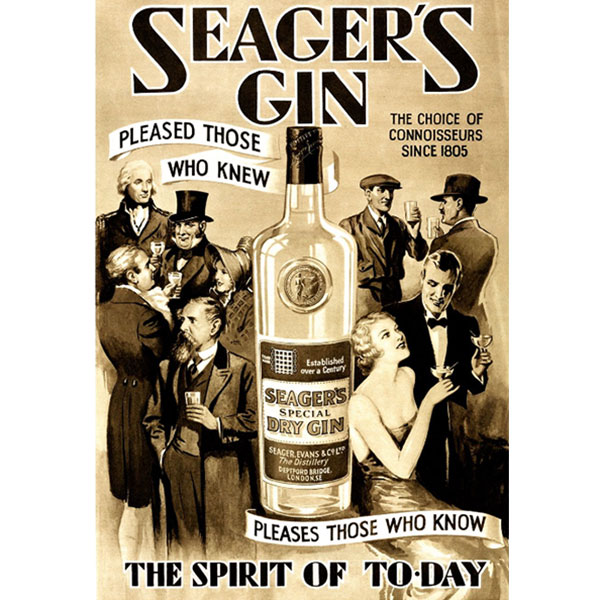
Seagers Gin Advert
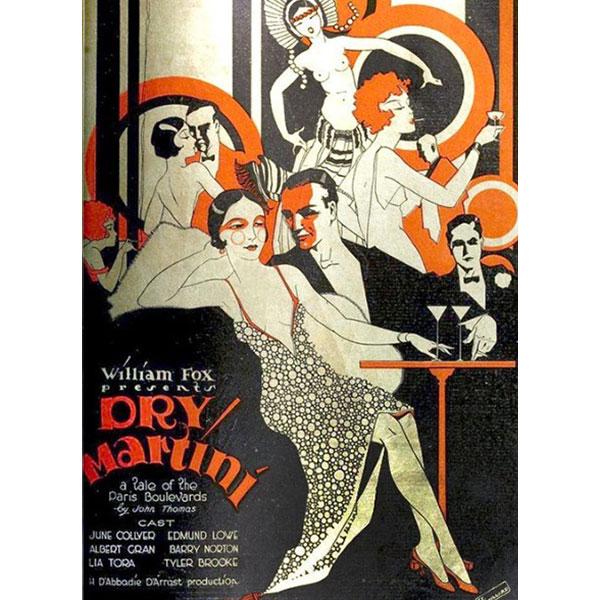
Dry Martini Movie Poster
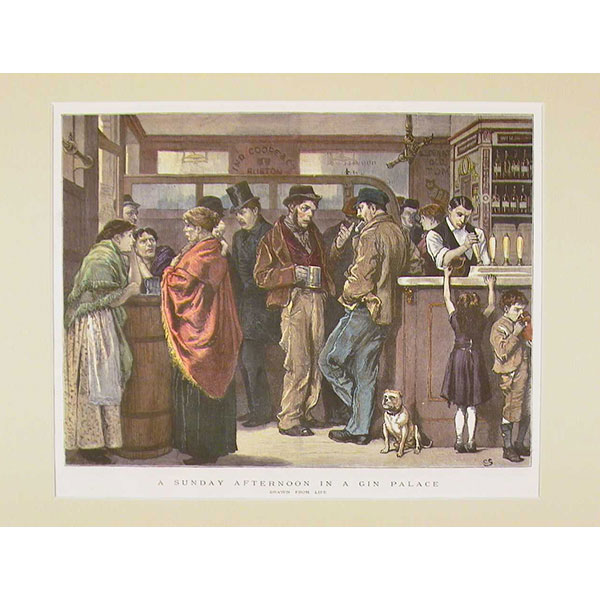
A Sunday Afternoon in a Gin Palace
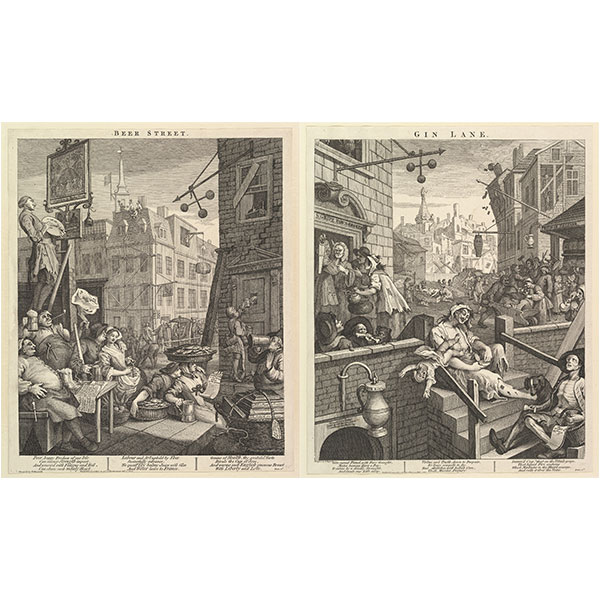
Beer Street and Gin Lane W. Hogarth
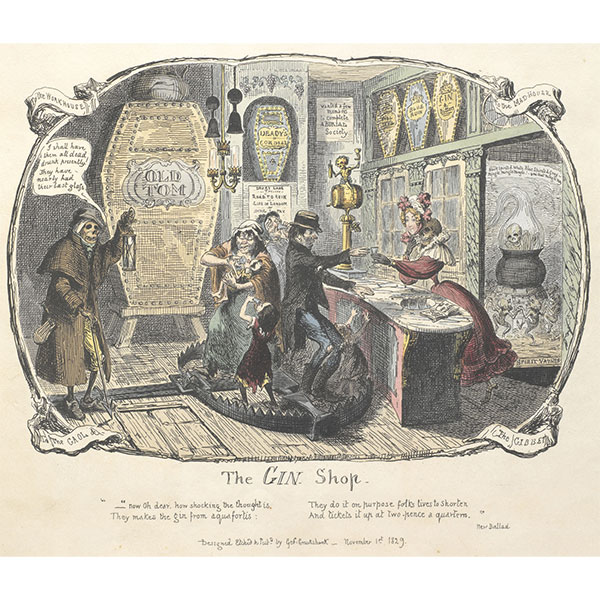
Gin Shop G. Cruickshank
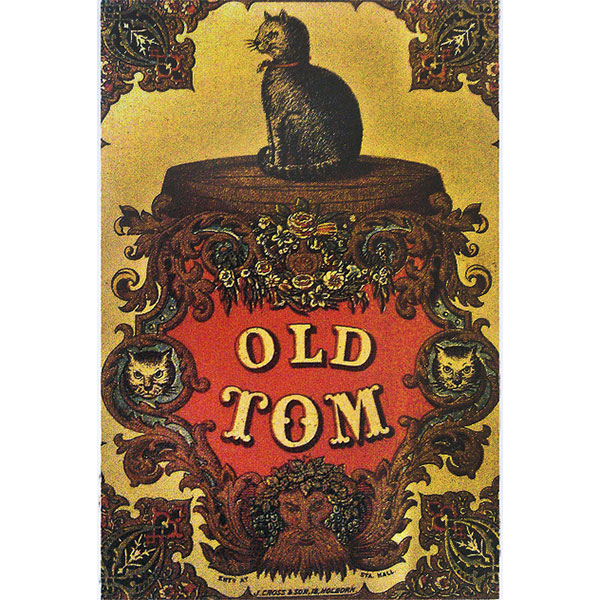
Old Tom Gin
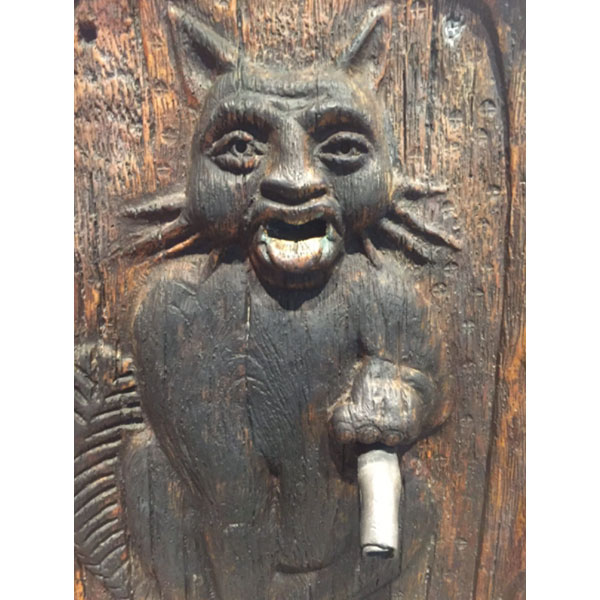
Old Tom Gin Sign
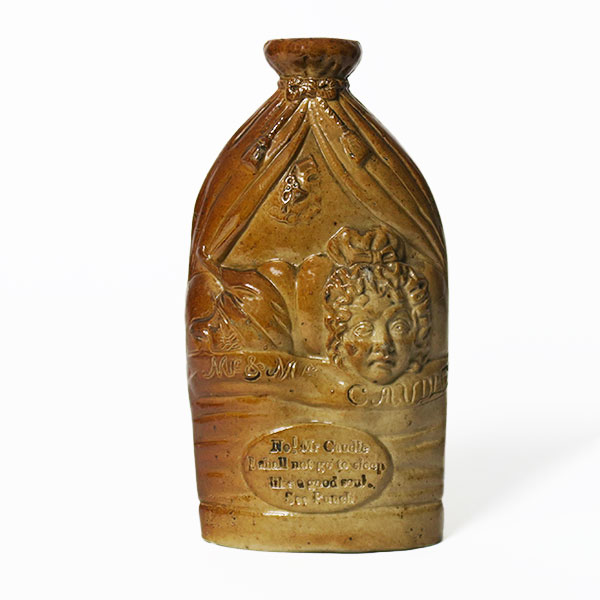
Doulton & Watts Caudle Curtain Lectures
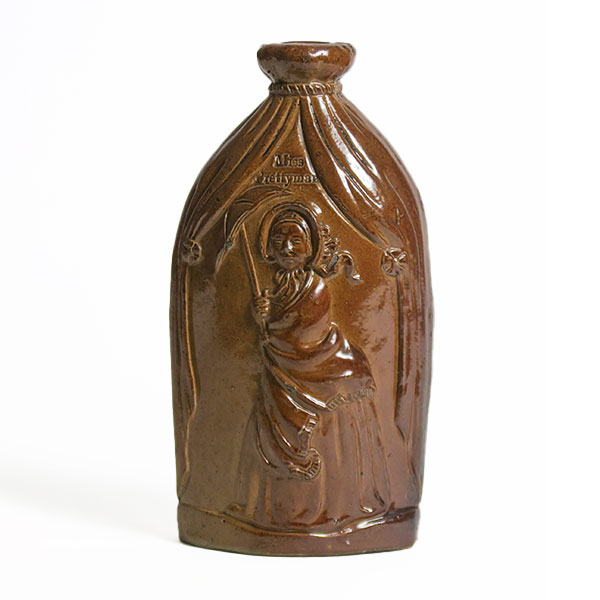
Doulton & Watts Caudle Curtain Lectures
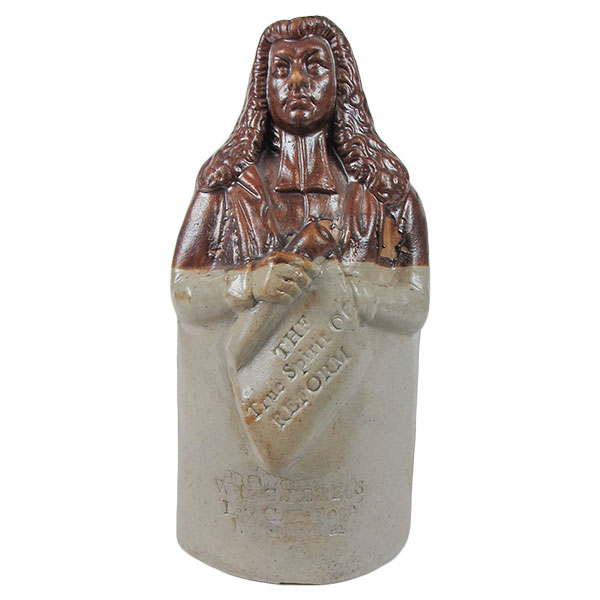
Doulton & Watts Lord Brougham Reform Flask
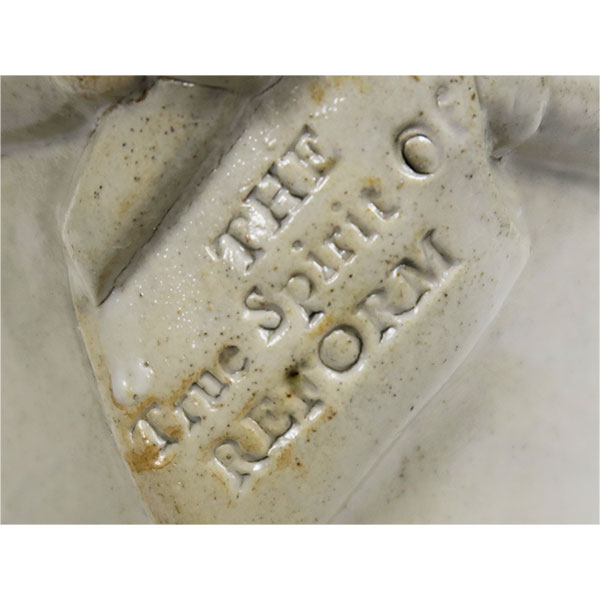
Doulton & Watts Reform Flask
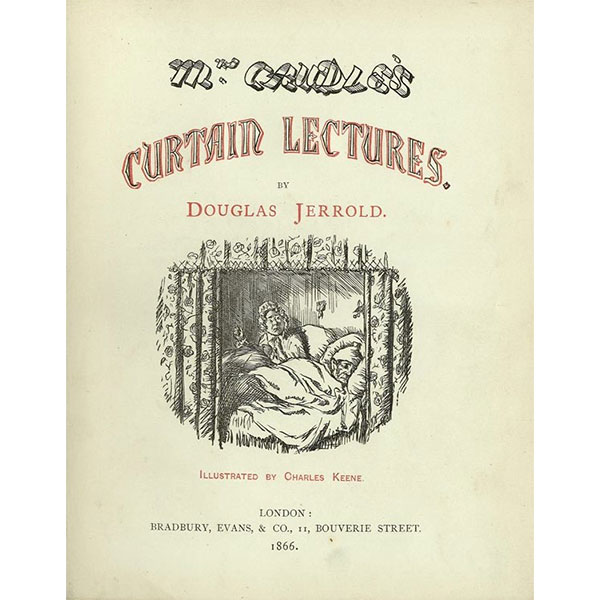
Mrs. Caudle’s Curtain Lectures Book
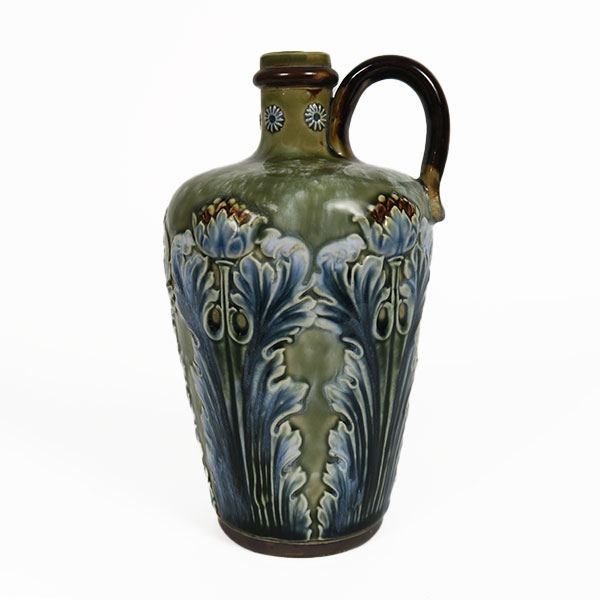
Doulton Stoneware Spirit Flagon
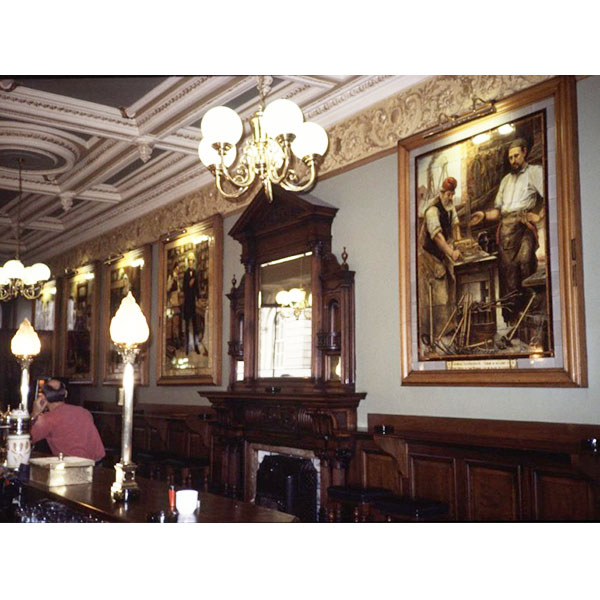
Doulton Tiles Cafe Royal Edinburgh
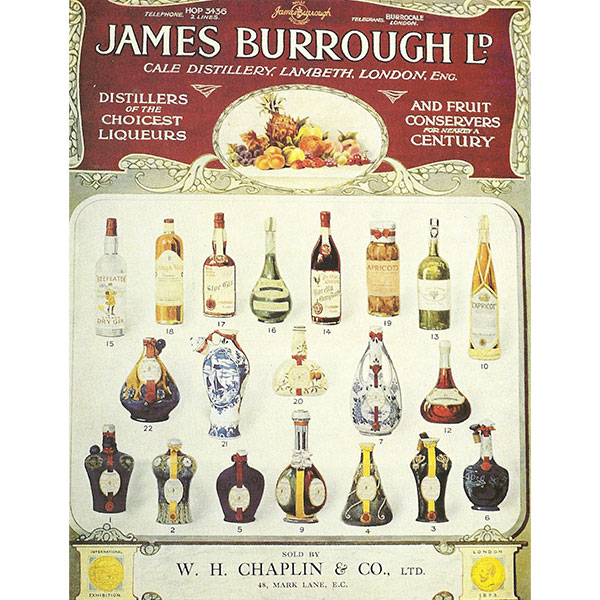
James Burrough Advert
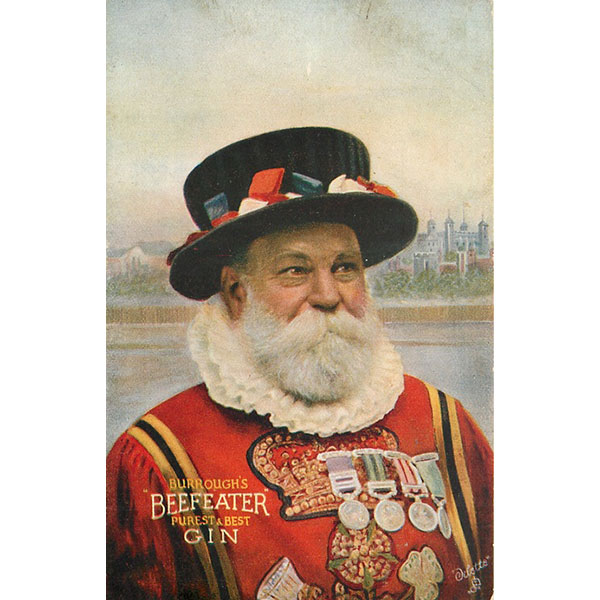
Burrough’s Beefeater Gin
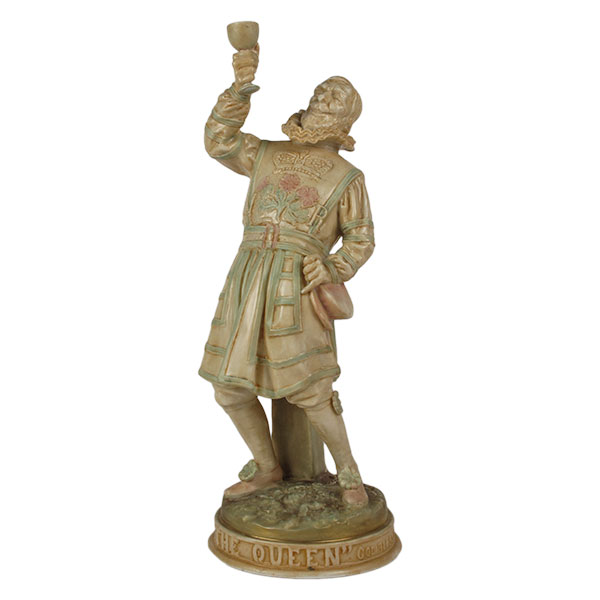
Doulton Beefeater
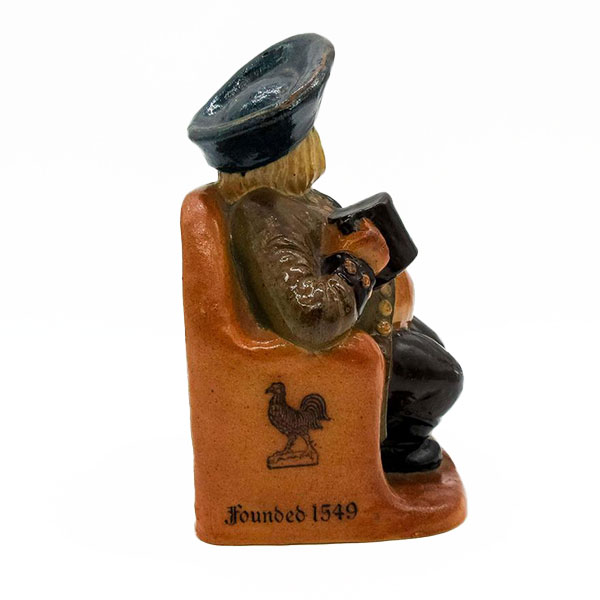
Royal Doulton Ye Olde Cock Tavern Ash Pot
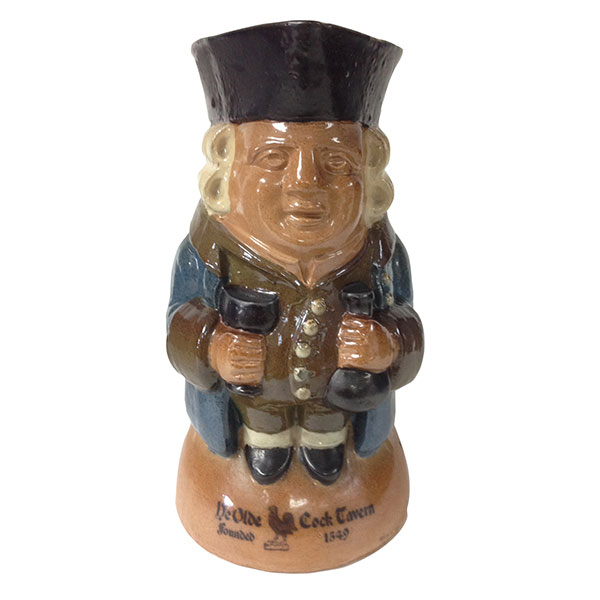
Royal Doulton Ye Olde Cock Tavern Toby Jug
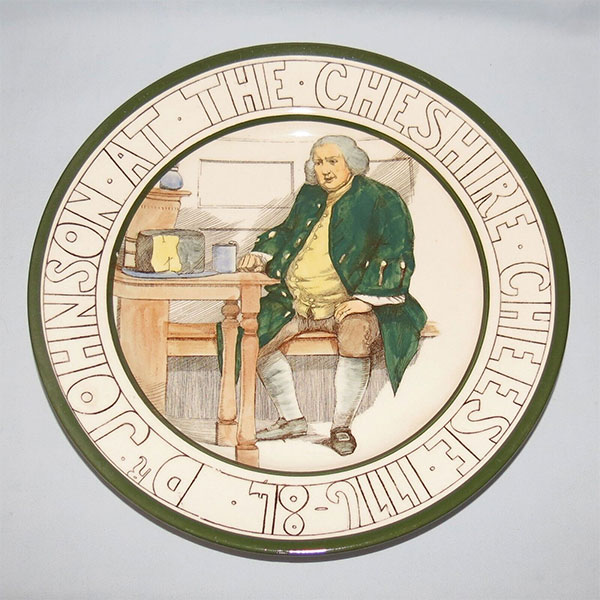
Dr. Johnson at the Cheshire Cheese
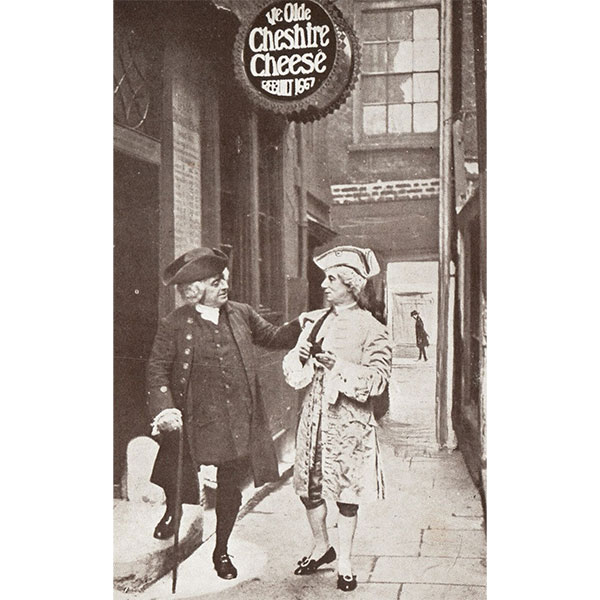
Dr. Johnson Cheshire Cheese Postcard
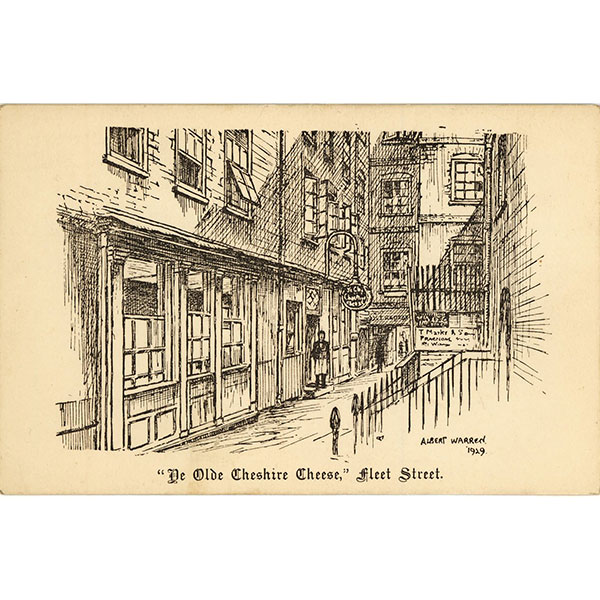
Ye Olde Cheshire Cheese
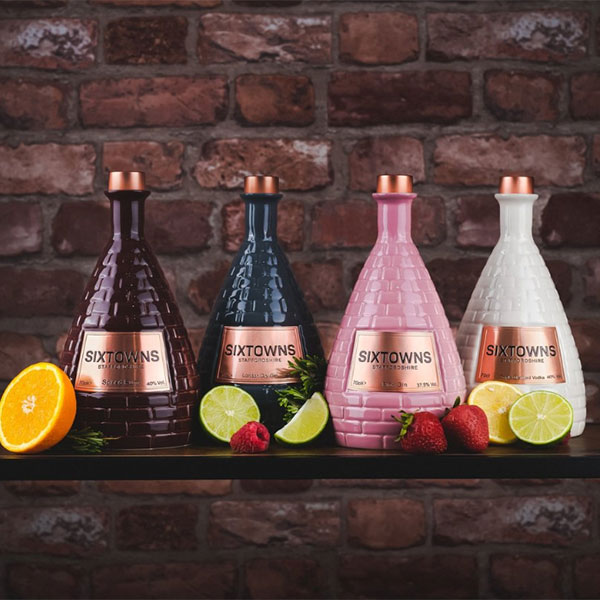
Sixtowns Gin Bottles by Wade
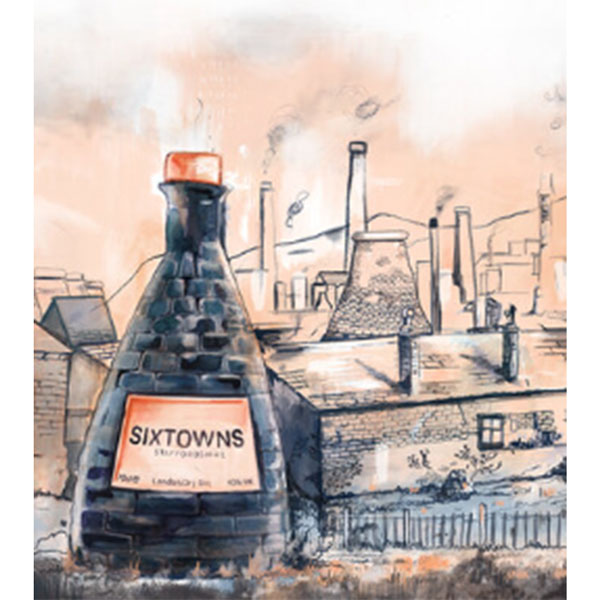
Sixtowns Gin Card
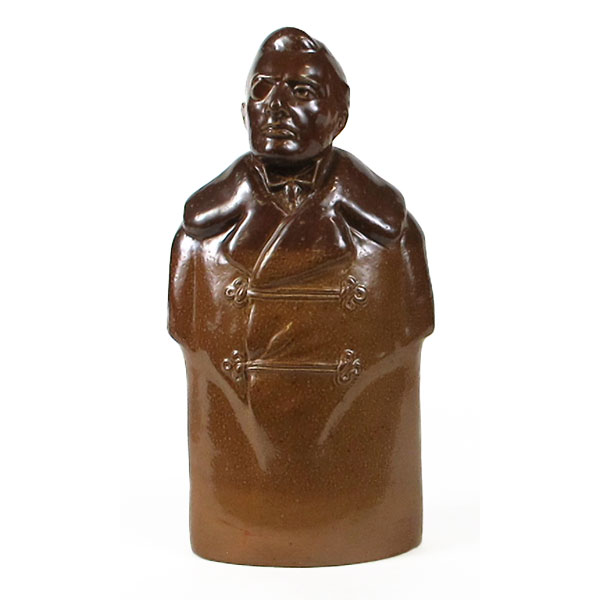
Royal Doulton Flask of Chamberlain
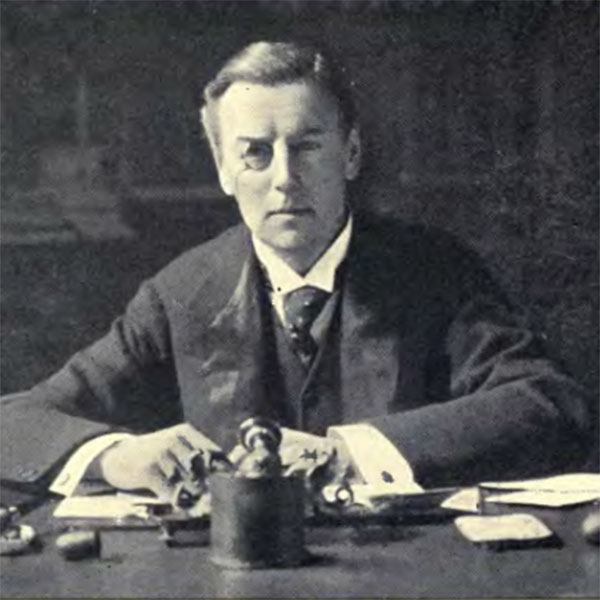
Joseph Chamberlain
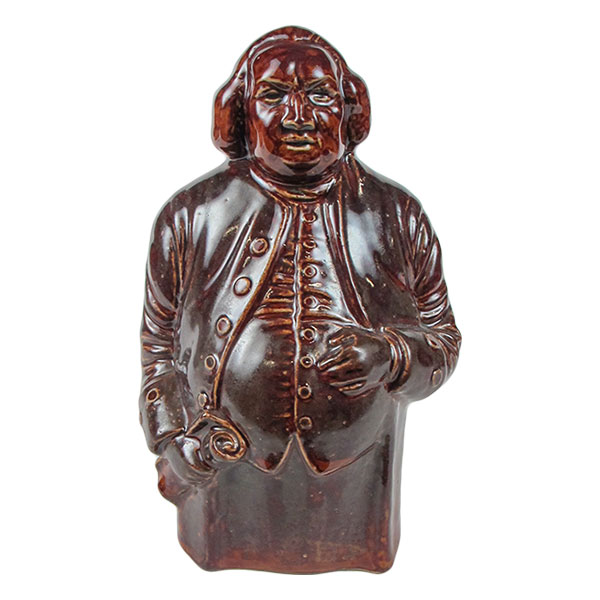
Royal Doulton Stoneware Dr. Johnson Flask
